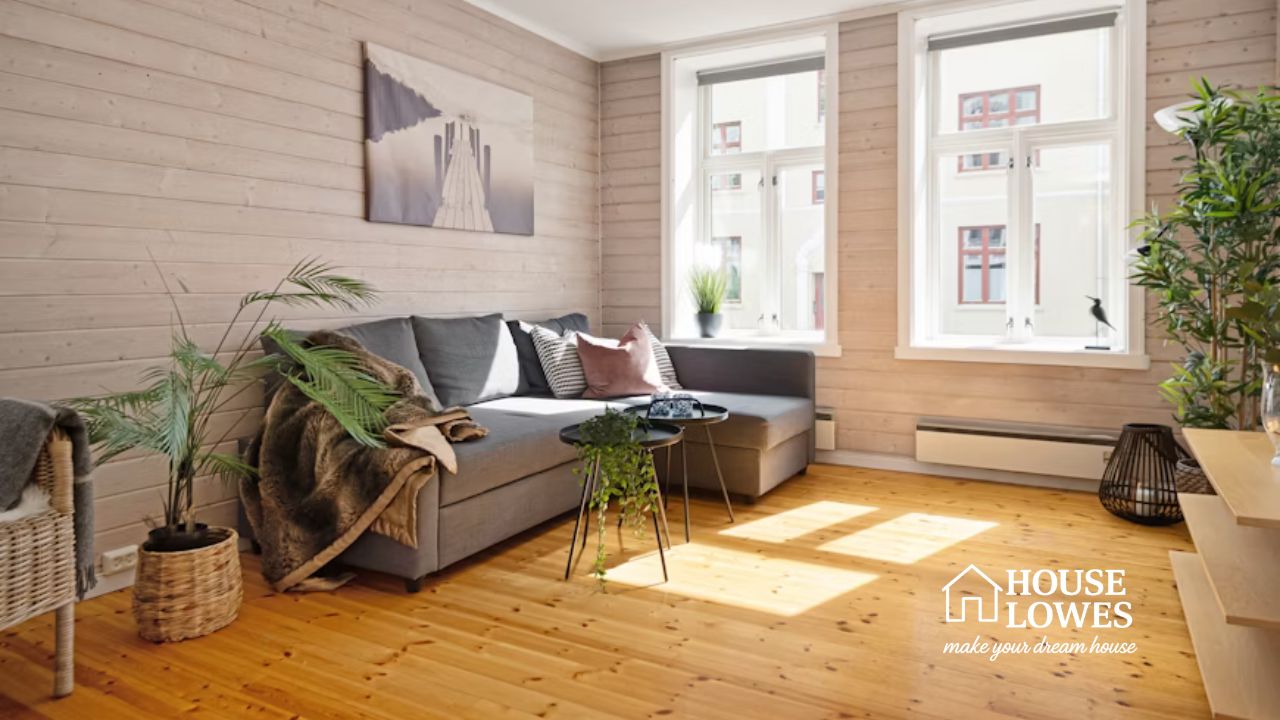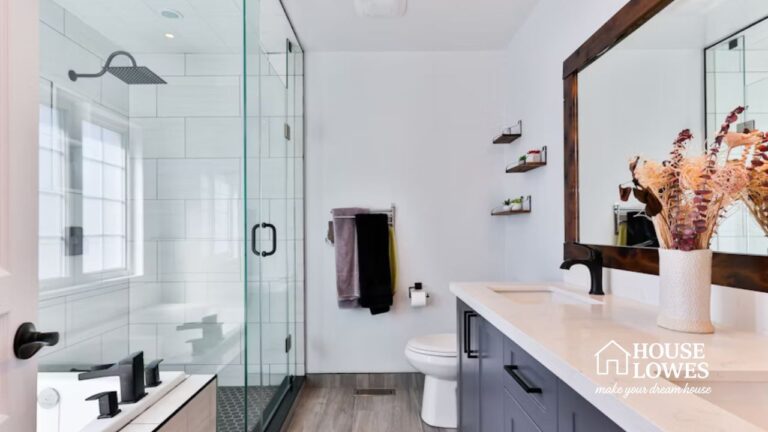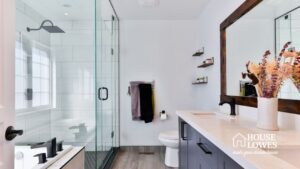Are you dreaming of a home that perfectly blends living space with a functional workshop? Finding the right shouse floor plans can feel like unlocking the door to your ideal lifestyle, combining comfort with incredible utility.
A “shouse”—a combination of a shop and a house—offers a unique and cost-effective solution for those who need dedicated space for hobbies, a home business, or extensive storage. This guide will walk you through everything you need to know to discover the very best shouse floor plans for your dream home.
We’ll explore various layouts, costs, and customization options to help you make an informed and exciting decision. Prepare to be inspired by the possibilities that await when you combine your living quarters and your passion project under one roof.
Quick Look: Top Shouse Floor Plan Styles
| Plan Style | Best For | Average Size Range (sq. ft.) | Key Feature |
|---|---|---|---|
| The Integrated | Seamless living & work | 2,500 – 5,000 | Shared wall, direct interior access |
| The Breezeway | Separation & connection | 3,000 – 6,000 | Covered walkway between house & shop |
| The Barndominium+ | Rustic aesthetics | 2,000 – 4,500 | Classic barn look with attached garage |
| The Two-Story | Maximizing small lots | 3,500 – 7,000 | Living area above the workshop |
What Exactly Is a Shouse?
A shouse is a metal or post-frame building that intentionally combines a workshop or large garage area with a finished residential living space. Unlike a traditional home with a simple attached garage, a shouse dedicates a significant portion of its footprint—often 50% or more—to the shop area.
This innovative building style has surged in popularity for its incredible versatility and efficiency. Homeowners are drawn to the convenience of having their workspace just steps away, eliminating a commute and integrating their passions into their daily lives. The open-span construction typical of these buildings also allows for truly flexible shouse floor plans.
The Unmistakable Appeal of Shouse Living
Why are so many people enthusiastically embracing the shouse life? The benefits are compelling and cater to a modern desire for a more functional, personalized living environment.
Unmatched Convenience and Functionality
Imagine waking up and walking directly into your fully-equipped workshop, art studio, or business headquarters without ever stepping outside. This seamless integration is the primary allure. It’s a game-changer for entrepreneurs, mechanics, woodworkers, and serious hobbyists who crave a dedicated, expansive workspace.
Cost-Effective Construction
Building one foundation and one roof for two distinct purposes is often more economical than constructing a separate house and workshop. The use of post-frame or steel building kits can further reduce material and labor costs, making ambitious shouse floor plans surprisingly affordable. This financial advantage allows you to allocate more of your budget to interior finishes or high-end shop equipment.
Endless Customization
The clear-span framing used in most shouses means there are no interior load-bearing walls. This creates a blank canvas for you to design. Whether you want a simple one-bedroom apartment attached to a massive garage or a luxurious multi-story home with a state-of-the-art workshop, the shouse floor plans are limited only by your imagination.
Exploring Popular Shouse Floor Plans
The beauty of a shouse lies in its adaptability. While customization is key, several popular layout concepts have emerged. Let’s explore some of the most beloved designs that homeowners are raving about.
The Integrated Layout: The Classic Choice
This is the most common shouse design. The living quarters and the shop share a wall, with one or more doors providing direct interior access. It offers the ultimate convenience and a cohesive feel.
Design Variations
- Side-by-Side: The home and shop sit next to each other on the same level. This is perfect for single-story living and provides easy access to the entire property.
- L-Shape: The living area and shop form an “L,” which can create a charming, private courtyard or patio space, perfect for outdoor entertaining.
User Review: The Miller Family
“Our integrated shouse has been a dream come true. My husband can work on his classic cars in the shop while I’m just a few steps away in the kitchen. We chose shouse floor plans with a sound-insulated wall between the spaces, and it works perfectly. We get the convenience without the noise. 5/5 Stars!”
The Breezeway Connection: The Best of Both Worlds
For those who want a little more separation between their living and working environments, the breezeway model is a fantastic solution. The house and shop are two distinct structures connected by a covered, open-air walkway.
This design helps contain noise, fumes, and dust within the workshop while still providing sheltered access. The breezeway itself becomes a wonderful transitional space—perfect for a mudroom area, outdoor seating, or a place to store firewood. It’s an elegant approach to designing shouse floor plans.
The Two-Story Shouse: Building Up
When land is limited or you simply prefer a more traditional two-story home aesthetic, this layout is ideal. Typically, the entire ground floor is dedicated to the workshop, garage, and storage, while the full living quarters are located on the second floor.
This vertical approach offers distinct advantages. It completely separates the living area from the workspace, providing excellent sound insulation. Plus, a second-story living space can offer stunning elevated views of your property. Designing these types of shouse floor plans allows for a compact footprint while maximizing square footage.
The Barndominium-Style Shouse
“Barndominium” and “shouse” are often used interchangeably, but a barndo-style shouse specifically leans into the rustic, agricultural aesthetic. These designs feature the classic gambrel roof, board-and-batten siding, and large sliding barn doors.
Inside, you’ll often find soaring ceilings, exposed wood beams, and a cozy, modern farmhouse vibe. These shouse floor plans perfectly merge country charm with industrial functionality, creating a home that is both beautiful and incredibly practical.
Key Factors to Consider When Choosing Your Plan
Selecting the right shouse floor plans is a deeply personal journey. It’s about more than just aesthetics; it’s about designing a space that truly enhances your life. Here are the critical factors to weigh.
1. The Shop-to-House Ratio
First, determine how you will divide the square footage. Ask yourself:
- What is the primary purpose of the shop? (e.g., vehicle storage, heavy machinery, a woodworking business, an art studio)
- How much space do you realistically need for your activities? Remember to account for equipment, workbenches, and clearance.
- How many bedrooms and bathrooms do you need in the living area?
A common split is 60% shop and 40% house, but this can easily be adjusted. It’s wise to plan for more shop space than you think you need; it’s a luxury you’ll be glad to have.
2. Access and Flow
Think about daily movement. How will you get from the house to the shop? How will you move large equipment or vehicles into the workshop?
- Overhead Doors: Consider the number, size, and placement of garage doors. Do you need a 14-foot door for an RV or just a standard two-car garage door?
- Interior Doors: A standard door might be fine, but a wider, 36-inch door could be better for moving items between the spaces.
- Workflow: When looking at shouse floor plans, map out your workflow in the shop. Ensure there’s a logical layout for your tools and processes.
3. Zoning, Codes, and Regulations
This is a crucial, non-negotiable step. Before you fall in love with any specific shouse floor plans, you must check with your local planning and zoning department.
- Zoning Laws: Some residential areas may have restrictions on building size, aesthetic, or home-based businesses. Rural and agricultural zones are often more permissive.
- Building Codes: Your structure will need to meet residential building codes for the living portion and potentially commercial codes for the shop, depending on its use.
- Permits: You will need to secure the proper permits before any construction can begin. Working with an experienced builder can be invaluable for navigating this process.
4. Future-Proofing Your Design
Your needs may change over time. A great design anticipates the future.
- Expansion: Could you easily add another bay to the shop or an extension to the living area? Some shouse floor plans are designed with future expansion in mind.
- Flex Space: Consider including a “flex room” in your design. It could start as a home office, become a kid’s playroom, and later be converted into a guest bedroom.
- Aging in Place: If you plan for this to be your forever home, think about single-story living, wider hallways, and zero-entry showers.
Customizing Your Shouse Floor Plans
The real excitement begins when you start to customize a base plan to fit your exact needs. Here are some popular customizations that can elevate your shouse from great to extraordinary.
For the Living Area
- Open-Concept Living: Most shouse dwellers love the airy, open feel that comes from combining the kitchen, dining, and living rooms.
- Luxurious Master Suite: Create a sanctuary with a large walk-in closet, a spa-like bathroom, and even a private balcony.
- Loft Spaces: Take advantage of high ceilings to add a loft, perfect for a home office, reading nook, or extra sleeping area.
- Large Windows: Don’t skimp on natural light. Large windows can make the living space feel bright and connected to the outdoors.
For the Workshop
- Mezzanine Storage: Build a second-level storage area within the high-ceilinged shop to keep seasonal items or materials out of the way.
- Vehicle Lifts: For car enthusiasts, installing a two- or four-post lift is a must-have feature.
- Dedicated Rooms: Section off areas within the shop for specific tasks, like a dust-free paint booth or a quiet office space.
- Radiant Floor Heating: Keep your workshop comfortable year-round with efficient in-floor heating—a true luxury on cold mornings.
The Cost of Building a Shouse
The cost to build a shouse varies dramatically based on location, size, materials, and level of finish. However, we can break it down into general price ranges.
- Basic DIY Kits: For a simple shell kit (metal frame, roof, siding), you might pay $20-$40 per square foot. This does not include the foundation, labor, or any interior finishing.
- Turnkey Construction: For a fully finished shouse built by a contractor, the cost typically ranges from $90-$200+ per square foot.
The final price depends heavily on your chosen shouse floor plans and finishes. A simple, functional living space will be far more affordable than a high-end custom home with granite countertops and luxury flooring. Always get multiple quotes from reputable builders in your area.
Finding the Perfect Shouse Floor Plans
You have several paths to finding the ideal plans for your project.
- Online Plan Retailers: Numerous websites offer vast collections of stock shouse floor plans. This is a great starting point for inspiration and can be a very cost-effective option. You can often purchase a stock plan and have a local architect or designer make minor modifications.
- Building Kit Companies: Companies that sell post-frame or steel building kits often provide a range of floor plans designed specifically for their systems. They can work with you to customize a layout that fits one of their building packages.
- Architects and Designers: For a truly one-of-a-kind home, hiring an architect is the best route. They will work with you from scratch to create custom shouse floor plans that perfectly match your vision, property, and lifestyle. This is the most expensive option but offers the greatest flexibility.
Frequently Asked Questions (FAQs)
Q: Is a shouse cheaper to build than a traditional house?
A: It can be. When you factor in the cost of building a separate house and a large, high-quality workshop, a shouse is almost always more economical. The combined structure saves on foundation, roofing, and exterior finishing costs.
Q: Are shouses hard to finance?
A: It can sometimes be more challenging than financing a standard home, as appraisers may have difficulty finding comparable properties (“comps”). However, as their popularity grows, more lenders are becoming familiar with them. It helps to work with a lender experienced in construction loans or loans for unique properties. Having detailed shouse floor plans is essential for the loan application process.
Q: Do shouses have good resale value?
A: The market is still developing, but the outlook is positive. In many rural and suburban areas, a well-built shouse with versatile shouse floor plans is a highly desirable asset. The key is quality construction and a thoughtful layout that appeals to a broad range of buyers who value workspace and storage.
Q: What is the difference between a shouse and a barndominium?
A: The terms are very similar. A “barndominium” usually refers to a metal building converted into a living space, often with a barn-like aesthetic. A “shouse” specifically emphasizes the 50/50 or similar split between a “shop” and a “house,” making the workshop a co-star of the design, not just an add-on.
Your Dream Shouse Awaits
Building a shouse is an incredible opportunity to create a home that is perfectly tailored to your work, hobbies, and lifestyle. By carefully considering your needs and exploring the wide world of shouse floor plans, you can design a space that is functional, beautiful, and uniquely yours.
From integrated layouts that offer ultimate convenience to two-story designs that maximize your property, the right plan is out there. Take your time, do your research, and get ready to build the home you’ve always imagined.
Admin Recommendation
Durable & Stylish Bronze Metal Roof – Your Complete Guide








